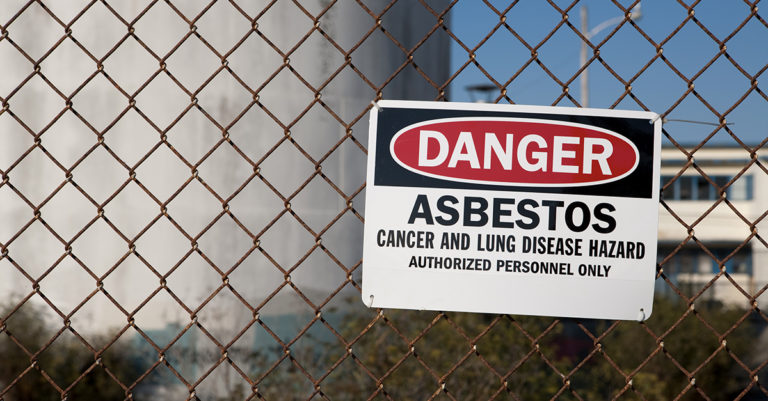Thanks to its low cost and fire resistant capabilities, asbestos was often used in house construction. Homes built anywhere from the early 1900s until as late as the 1980s likely had some asbestos materials in them. The United States began implementing bans on the substance in the 1970s, and it is luckily no longer used in home construction. But, asbestos could still be lingering in older homes.
 Asbestos is most dangerous when disturbed. Although the thought of asbestos lying dormant in your home might be unsettling, if it is untouched it’s likely not a concern.
Asbestos is most dangerous when disturbed. Although the thought of asbestos lying dormant in your home might be unsettling, if it is untouched it’s likely not a concern.
When asbestos fibers are disturbed, though, they release harmful dust into the air, increasing the risk for inhalation. Both prolonged exposure and inhalation of asbestos dust can lead to mesothelioma later in life.
If you live in an older home and are planning to renovate, you risk releasing asbestos fibers. Additionally, if your home is damaged and the building materials are exposed, you may face the same risk.
It is not safe to remove asbestos without a trained professional. The Environmental Protection Agency (EPA) suggests to contact an accredited asbestos professional if you suspect a risk of asbestos exposure in your home.
Many older building materials contain asbestos. When trying to decide whether you could be at risk of asbestos exposure in your home, look over this list of asbestos products.




